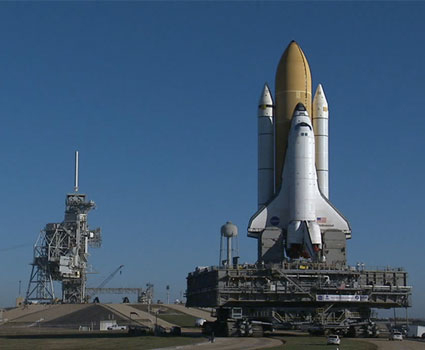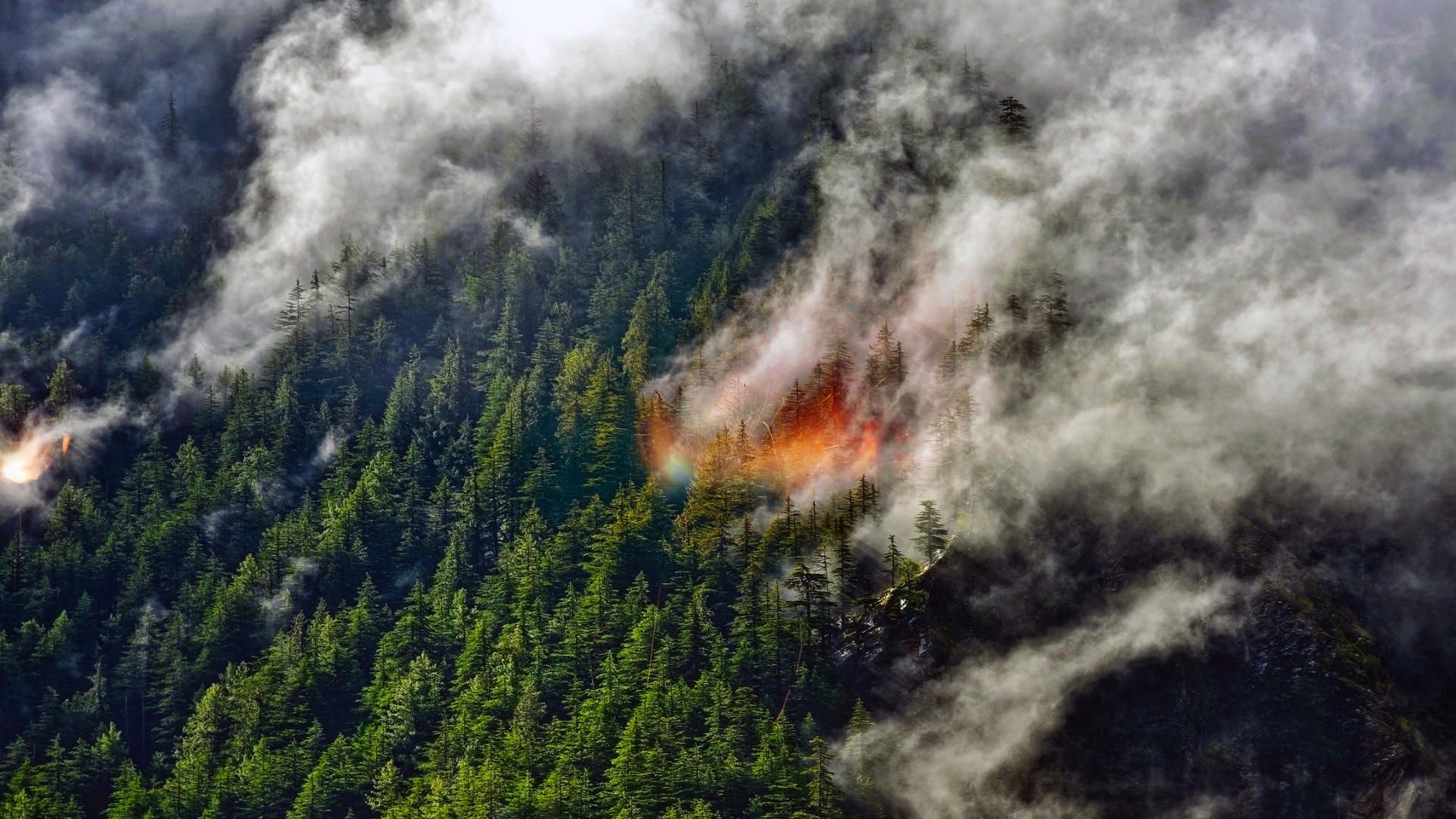NASA Weighs Potential Delay to Next Shuttle Mission

This story was updated at 4:32 p.m. ET.
The failure of cooling system hoses during a test for a new space station module has engineers scratching their heads and NASA officials weighing the potential impact to the planned February launch of the space shuttle Endeavour, set to carry the module to space.
Two of four ammonia cooling system hoses for NASA's new Tranquility module for the International Space Station burst unexpectedly during a preflight check. While the hose ruptured at a higher pressure than required for flight, engineers are now discussing whether it can be completely cleared for flight in time for Endeavour's planned launch.
"They're all looking at the data regarding what happened during the test and trying to assess the options," NASA spokesperson Kelly Humphries told SPACE.com Friday.
It is too early to determine whether the hose glitch will force NASA to delay Endeavour's flight or require a modification to the mission plan, NASA officials said.
Endeavour is slated to launch a crew of six astronauts to the International Space Station from NASA's Kennedy Space Center in Cape Canaveral, Fla., next month. Blastoff is set for 4:39 a.m. EST (0939 GMT) on Sunday, Feb. 7 — making the mission NASA's final planned night launch of a shuttle.
Commanded by veteran shuttle flyer George Zamka, Endeavour's STS-130 mission will deliver the Tranquility node and a seven-window observation port, called the Cupola, to the space station. Tranquility will house station life support and exercise equipment, among other gear.
Breaking space news, the latest updates on rocket launches, skywatching events and more!
Tranquility was initially slated to be attached to an Earth-facing berth on the station's main Unity connecting node, but the misalignment of ammonia coolant lines on that node led managers to move the new module to an open berth on Unity's port — or left — side. To attach Tranquility there, engineers built four custom-made "jumper" lines to route vital ammonia coolant from Unity to the new module.
The ammonia coolant lines were slated to be installed on the second of three spacewalks during Endeavour's STS-130 mission. NASA engineers and mission planners are now weighing several options, including delivering the Tranquility module but delaying its activation until new hoses can be delivered later, officials said.
The Tranquility module is slated to be delivered to Launch Pad 39A at the Kennedy Space Center later this week to be installed aboard Endeavour.
Endeavour's STS-130 mission will mark first of NASA's five final shuttle missions scheduled to fly this year. The agency plans to retire its three space shuttles in the fall to make way for their replacement — the Orion capsules and their Ares rockets.
Those new vehicles are expected to be ready to launch astronauts into space no earlier than 2015, and possibly later, experts have said.

Tariq is the award-winning Editor-in-Chief of Space.com and joined the team in 2001. He covers human spaceflight, as well as skywatching and entertainment. He became Space.com's Editor-in-Chief in 2019. Before joining Space.com, Tariq was a staff reporter for The Los Angeles Times covering education and city beats in La Habra, Fullerton and Huntington Beach. He's a recipient of the 2022 Harry Kolcum Award for excellence in space reporting and the 2025 Space Pioneer Award from the National Space Society. He is an Eagle Scout and Space Camp alum with journalism degrees from the USC and NYU. You can find Tariq at Space.com and as the co-host to the This Week In Space podcast on the TWiT network. To see his latest project, you can follow Tariq on Twitter @tariqjmalik.
